The Xiaomi Mi Note Pro and Mi Note Review
by Joshua Ho on September 11, 2015 9:00 AM ESTCamera Architecture and UX
In order to really understand cameras in smartphones, it’s important to understand all aspects of the camera sub-system. The first aspect is the physical hardware, which forms the foundation upon which a great camera can be made. In the case of the Xiaomi Mi Note and Mi Note Pro, Xiaomi has elected to use a relatively standard choice for the rear-facing camera, and a relatively interesting one on the front. I’ve included the specs below, with a comparison to the Mi4 to get an idea for what Xiaomi’s previous cameras were like.
| Camera Architecture | |||||
| Xiaomi Mi4 | Xiaomi Mi Note / Mi Note Pro |
||||
| Front Camera | 8MP | 4MP | |||
| Front Camera - Sensor | ? | OV4688 (2µm, 1/3.0") |
|||
| Front Camera - Focal Length | ? | 3.53mm | |||
| Front Camera - Max Aperture | F/1.8 | F/2.0 | |||
| Rear Camera | 13MP | 13MP | |||
| Rear Camera - Sensor | IMX214 (1.12 µm, 1/3.06") |
IMX214 (1.12 µm, 1/3.06") w/OIS |
|||
| Rear Camera - Focal Length | ? | 3.8mm (28mm eff) | |||
| Rear Camera - Max Aperture | F/1.8 | F/2.0 | |||
For both the Xiaomi Mi Note Pro and Mi Note, the rear camera uses Sony’s IMX214 along with an OmniVision OV4688 sensor on the front. If this sounds rather familiar, it’s probably because this is actually the rear camera sensor of the HTC One M7 and M8. Given that some of the major advantages of larger pixels is improved low light performance from reduced read noise, other random sensor noise reductionsand improved dynamic range, it makes sense to use larger pixels on a front-facing camera which is almost guaranteed to never need to do landscape shots. The rear facing camera is generally pretty standard here, but Xiaomi has also added optical image stabilization. It’s interesting to see that the maximum aperture of the Mi Note and Mi Note Pro has regressed compared to the Mi4. It’s likely that this was done in response to a need to decrease the z-height of the module and keep certain distortions from getting to unacceptable levels. I’ve definitely noticed a number of phones this year with noticeable field curvature and other uncorrectable distortions as focal length/z-height decreases and aperture increases, so it’s interesting to see an OEM that is fighting against this trend. The 28mm equivalent focal length isn’t quite as long as one might hope for low distortion, but it isn’t the 24-26mm focal lengths that we’ve seen in a lot of recent smartphones.
Overall, Xiaomi has set up the camera of the Mi Note line with a relatively good foundation at the hardware level. I would’ve liked to see some extra components like phase-detection auto-focus and possibly laser auto-focus to improve AF speed regardless of light levels, but as long as Xiaomi does their part in their contrast AF algorithms it shouldn’t be a huge difference.
Now that we’ve covered the basic hardware, we can start to talk about the factors that affect the user experience of the camera. This can be effectively boiled down to the camera app UI and the latencies involved such as camera app launch, focus, and capture latency. A good camera UI should have all the right controls easily accessible, with a high resolution/frame rate preview, along with good accessibility for a wide range of expertise from all-auto point and shoot to full-manual control and anywhere in between.
In the case of the Xiaomi Mi Note, the camera app isn’t immediately accessible from a dark screen, but swiping left on the right edge of the display will open the camera application immediately like most smartphones today. Once you’re in the camera app you’re presented with a very simple UI. 4:3 and 16:9 resolution modes are both properly represented here with the preview resizing depending upon which you choose. It's worth noting here that in both phones the preview is acceptable, but frame rate and resolution here won't be as good as something like the Galaxy S6 or Note 5. The options that you can change with one tap are photo/video capture, flash settings, HDR settings, and camera switch. Pretty much everything else is hidden in a panel to the left of the display including panorama, countdown timer, refocus, manual mode, beauty mode, and low light mode.
The rest of the settings available are hidden behind a gear icon which opens a long menu. I would personally enable the framing grid and the stabilization mode (which only takes a photo when hand shake won’t affect the sharpness of the photo) but it isn’t magic. One setting I found to be completely necessary here is setting long hold of the camera shutter to focus because the burst mode of the camera doesn’t combine a burst into a single “photo” in the gallery, which means deleting the whole burst can potentially take a few minutes if you don’t realize this. This is a pretty major usability issue but once I set it to not allow burst shot the camera didn’t have any problems.
I mentioned the manual mode option earlier, and it’s pretty safe to say that while I like its presence in the camera application. However, there are a few problems that I noticed. The first is that the manual white balance mode only allows for some pre-determined presets rather than a dynamic slider of some kind. As a result, you’re probably not going to be able to compensate for problems with auto white balance with manual white balance unless the color temperature of your environment happens to exactly fit one of the presets. It’s worth noting though that the ISO range and the focus range are both the same as what their automatic equivalents are capable of, rather than the range of the hardware itself. The exposure controls aren’t quite as good, as the exposure time tops out at 1/1000 of a second, but I suspect most people are going to use auto mode at that point anyways. On the other end of the spectrum, the 32 second maximum exposure time in manual mode is quite possibly the most ridiculous thing I’ve ever seen in a smartphone camera, but really opens up a lot of potential for interesting photos that wouldn’t be possible otherwise.
On the video side, the same settings are basically replicated. However, in order to access the video mode and start recording a video you have to first tap the video button, then tap the record button to start recording. Once again, on the left panel you get a choice of video modes like slow motion, fast motion, and timelapse. This is actually a pretty smart way to approach the problem of usability, but it isn’t necessarily the fastest compared to other interfaces that try to combine both photo and video into a single mode.
Overall, Xiaomi’s camera interface isn’t perfect, but there’s nothing that stands out to be that would make the UI hard to use. I noticed a few problems that should definitely be resolved for a better user experience, but compared to some of the other phones I’ve used in the same segment, the camera application shows far better polish and attention to detail.
While the camera app UI is important, there are still other aspects that we should consider such as camera latency. While we still don’t have a comprehensive way of testing this, our current testing offers a pretty good ideal case camera shot and focus latency. This is done by pointing the camera at a high contrast object that is well-lit like our ISO chart and measuring how long it takes for the camera to reach focus and how long it takes to save a photo. As mentioned previously, Xiaomi is only using contrast detection for focusing, so this automatically places them at a disadvantage relative to OEMs using PDAF or laser AF.
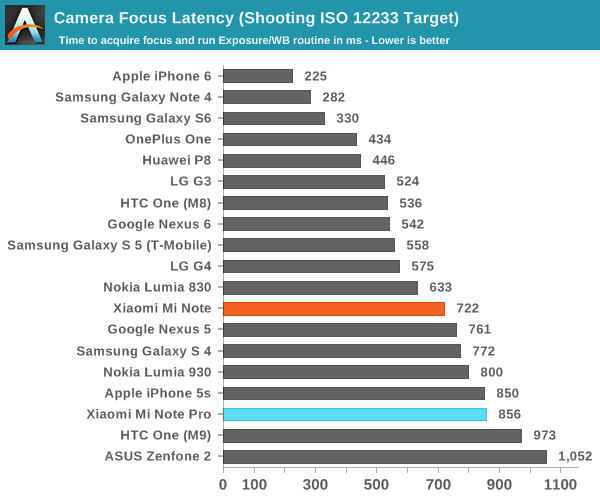

In this test, Xiaomi does a decent job on shot latency but an average job on focus latency. To be fair to Xiaomi, I never really felt like the focus was all that unreliable but it does seem to take its time compared to the faster contrast AF implementations out there. For some reason the Mi Note Pro is consistently slower to focus than the Mi Note, but shot latency is consistently faster, which is a difference I actually noticed in day to day use. I'm not sure whether this is due to the Snapdragon 810's new ISP or a change in algorithm on Xiaomi's part, but given the enormous difference in focus latency on the One M9 I would guess this is a change at the ISP level.
I suspect without PDAF, laser AF, or other AF speed up assist mechanisms there won’t be all that much improvement available. If Xiaomi really wants to make the camera UX on par with the best of the best flagships, at least one extra mechanism of that list will be necessary. However, seeing as how flagships this year with contrast AF can be surprisingly slow to focus, Xiaomi isn’t alone here, and I suspect most people won’t encounter a lot of problems. Overall, Xiaomi isn’t necessarily leading the pack, but they’re still competitive with flagship smartphones in camera user experience that cost hundreds of dollars more.


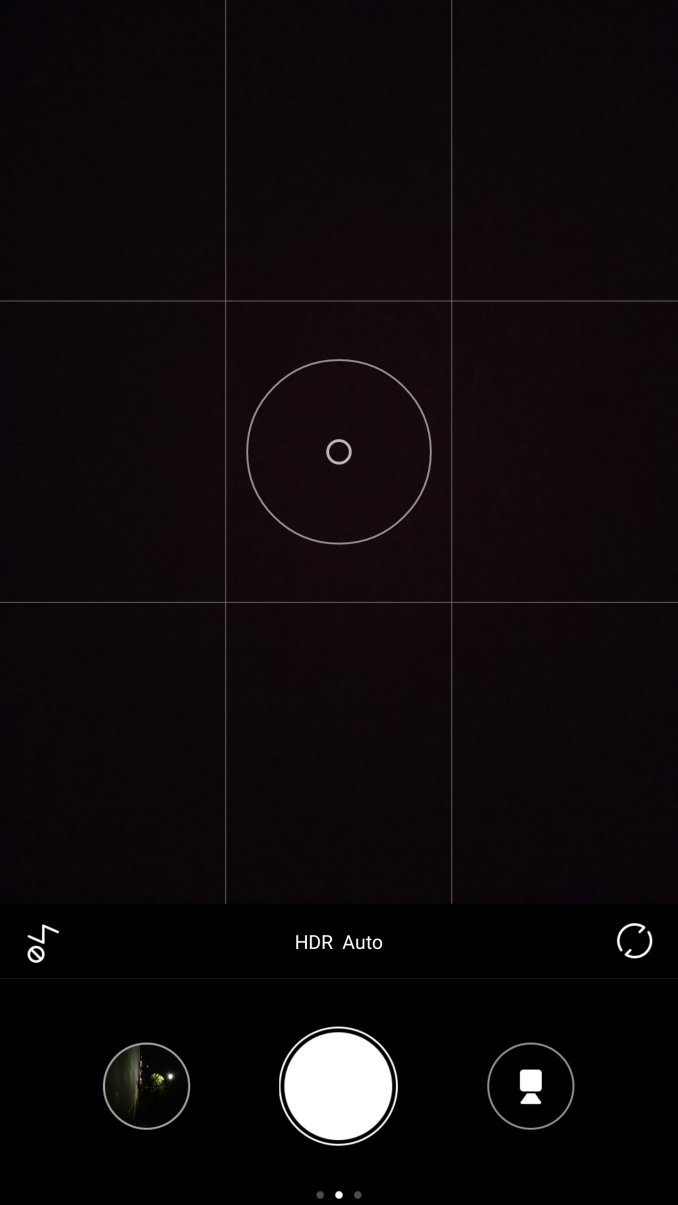
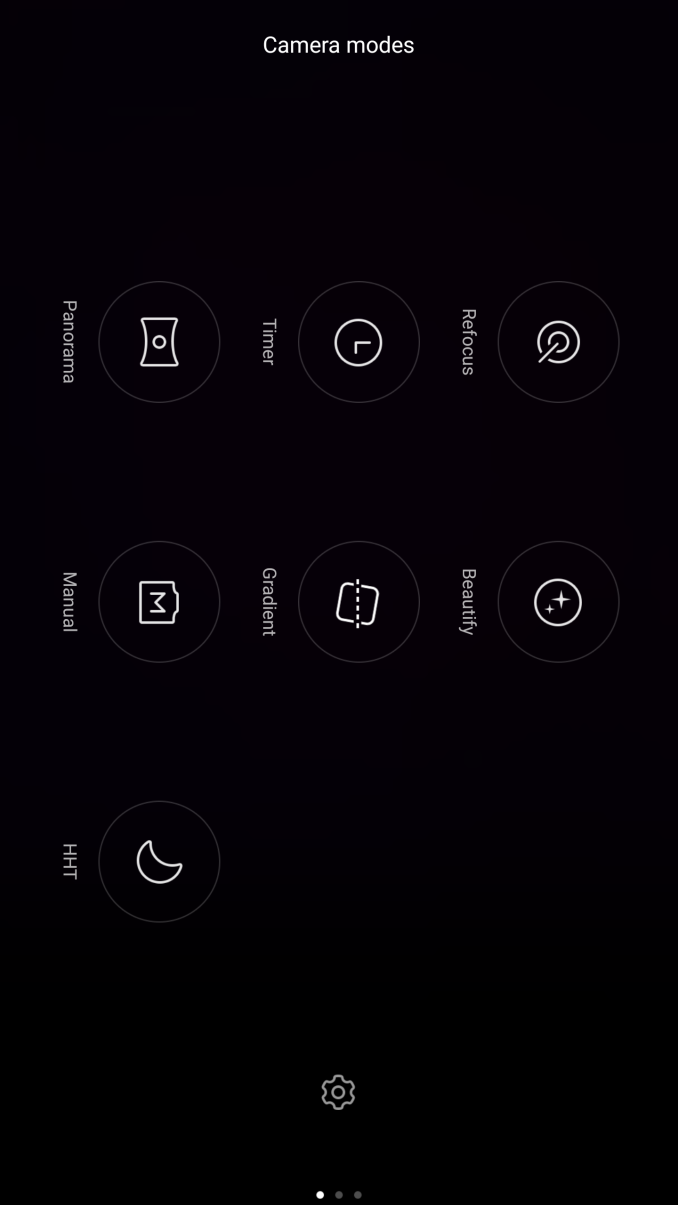

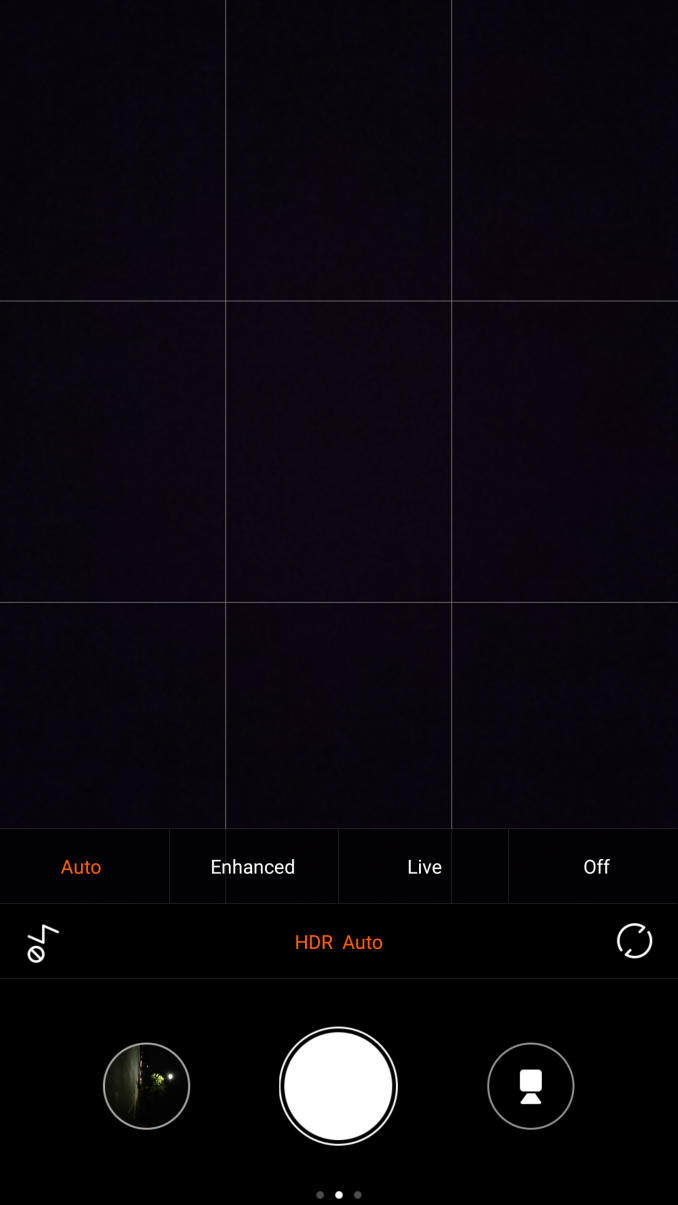
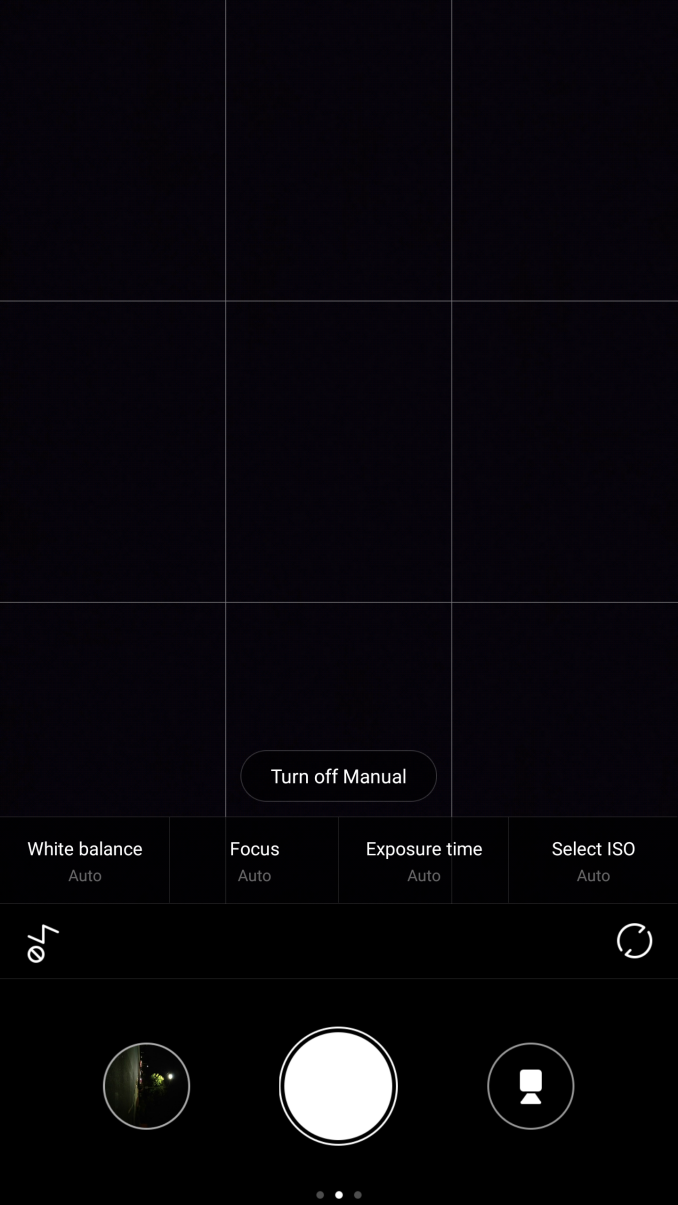
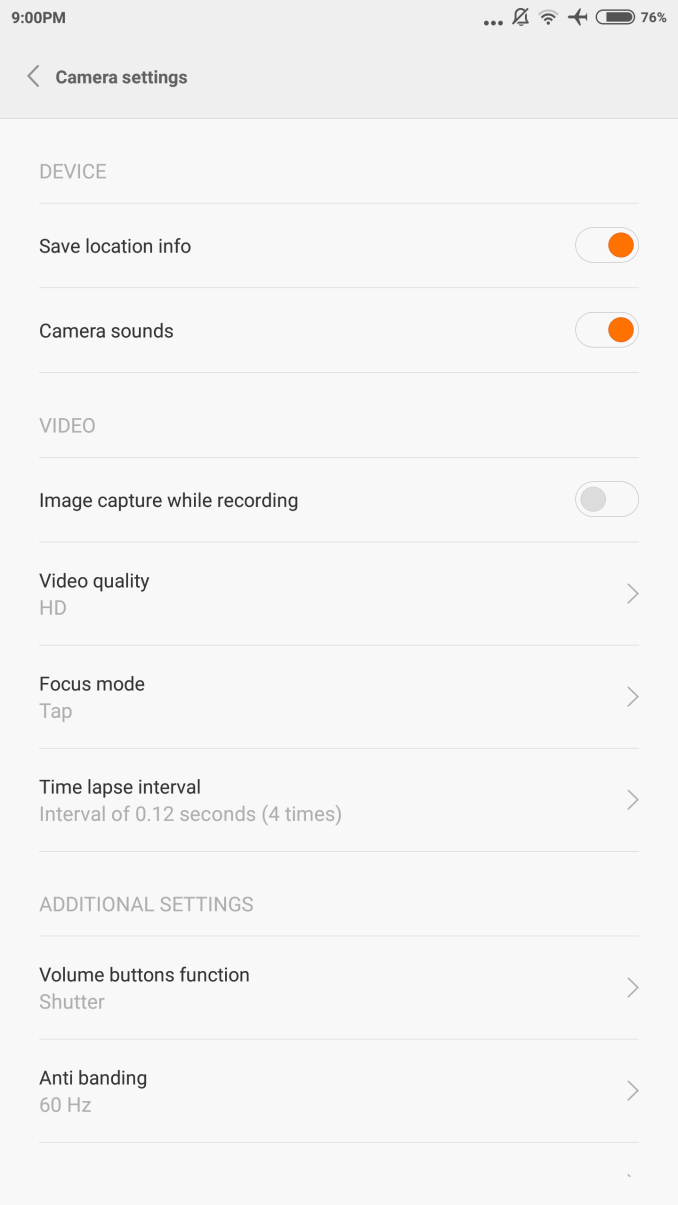
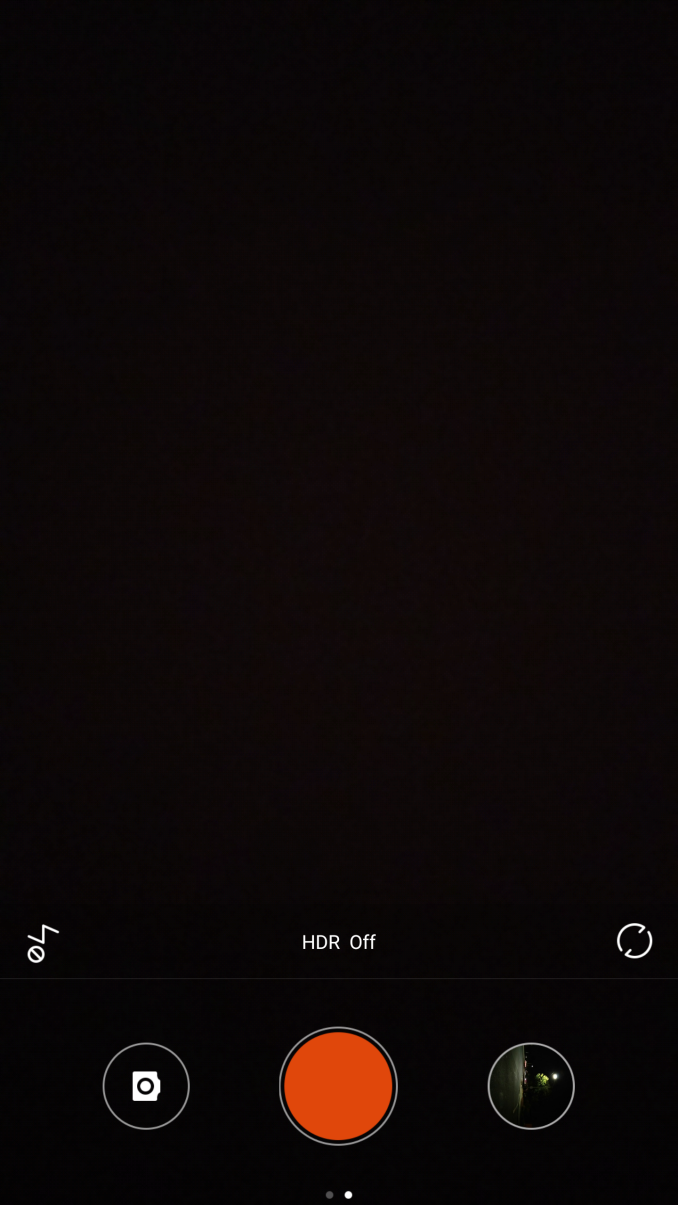
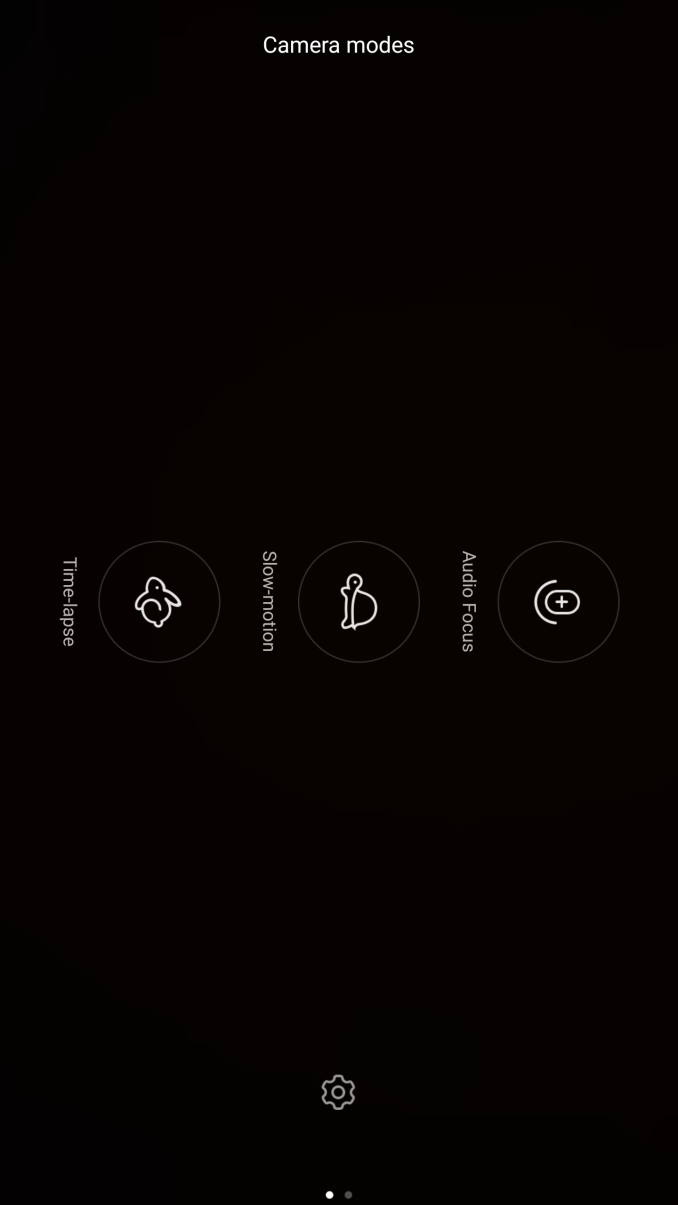








94 Comments
View All Comments
HanakoIkezawa - Friday, September 11, 2015 - link
Is the note 5 review anytime soon?ddriver - Friday, September 11, 2015 - link
What does the Mi note have to do with a "note"? Does it have a stylus? Or maybe with some other way of taking notes? What makes it a "note"?lilmoe - Friday, September 11, 2015 - link
It's basically an attempt at trolling Samsung really....LoganPowell - Friday, November 27, 2015 - link
But Samsung is the better choice compare to Xiaomi Note, in my opinion and I don't think Xiaomi Note will stand a chance to some of the really good phones that are already available (like http://www.consumerrunner.com/top-10-best-phones/ for example...)mforce - Friday, September 11, 2015 - link
It's the big one :) Chinese phone makers are calling their big phones ( 5.5 or larger ) "Note" while their others aren't really called anything, you'll have plain "Mi4"HanakoIkezawa - Friday, September 11, 2015 - link
They get to piggyback off of samsungs marketing, it's pretty standard fair for Chinese manufacturers.name99 - Saturday, September 12, 2015 - link
It's REALLY hard to feel sorry for anyone piggybacking off Samsung's marketing...snarfbot - Thursday, September 17, 2015 - link
fareJoshHo - Friday, September 11, 2015 - link
It's next.As a sneak peek, if you check some of the still image performance galleries... :)
SAAA - Monday, March 28, 2016 - link
WE HAVE XIAOMI Mi 5 HITTING THE MARKET ON APRIL 6. LOOK OUT DETAILS<a href="http://http://www.upcomingmobile.com/2016/03/giaonee-mi-5... style="color: #b01a38; font-size: 11px;" target="_blank">XIAOMI Mi 5 spec</a>